Waterloo’s flag in Europe and Canada
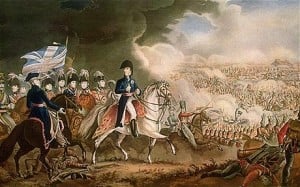
Two centuries ago, British, Prussian and other armies, led the Duke of Wellington, united to defeat Napoleon at the Battle of Waterloo in Belgium. As a result, a college in Canada is named after the conflict. And both Waterloos have flags.
The mammoth number of troops deployed in 1815 needed flags to know where to march and whom to follow. National colors, regimental pennants and signal flags were deployed by all sides in the fight.
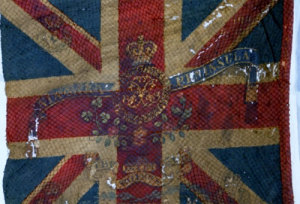
In celebration of this year’s Waterloo bicentennial, “two fragile flags” in Scotland have been “taken out of storage for the first time in more than 80 years and given pride of place at Edinburgh Castle,” according to www.scotsman.com.
The website includes a unique flag story from June 18, 1815. It tells of James Grant Kennedy, 16, who is “reputed to have had such a tight grip on the ‘pike’ of the Union Jack colour that a sergeant who tried to retrieve it had to carry both the soldier and the flag over his shoulder.”
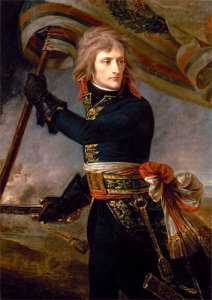
A contemporary author has underscored the reality of the Waterloo violence by writing: “Despite the colored uniforms, flags and bands, combat at Waterloo was bloody and brutal.” Tens of thousands died in the conflict.
That battle, which changed European history, baptized a college in Canada. Shortly after the victory, a town in Ontario named itself Waterloo. In 1957, the University of Waterloo was created with just 74 students. Today, it has thousands of undergrads as well as an elaborate seal used on banners and flags.
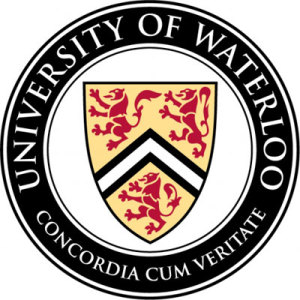
The school’s logo features three rampant lions and a chevron. The triple lions echo those on the Duke of Wellington’s coat of arms. The colors are red and gold, and the school’s motto is “Concordia cum Veritate,” meaning “in harmony with truth.”
The university has another connection to flags: Douglas Wilhelm Harder, a member of the Department of Electrical and Computer Engineering, is fascinated by world flags.
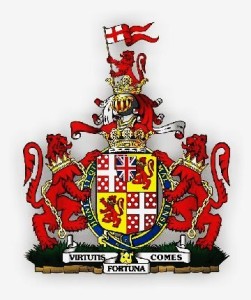
“World history and world flags are of interest to me,” he writes on his site, “and I thought others may find [my clickable world map] to be useful. It is a compilation of many of the world’s flags with well over 800 states (countries, nations) and administrative divisions (states, provinces, territories, areas, districts, and the occasional city) represented.”
Harder makes it easier to find flags. Go to https://ece.uwaterloo.ca/~dwharder/Flags/.
